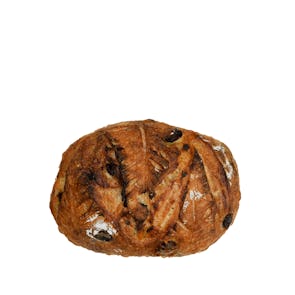
NOTES FROM THE CURATOR
One of the most popular and widely consumed dishes in Russia and Ukranian is a pancake traditionally made of wheat flour, eggs, and milk.
Called blinis, or blin, they are always round and always scrumptious. They smell heavenly, and will entice you to have more than one. In fact, traditionally, you don’t eat just one, you eat a small mountain of it. Once you taste it, trust us: you’d understand why.
PREPARATION AND PAIRINGS
There are many, many ways you can eat Kaviari blinis. Traditionally, you can spread raspberry jam or honey onto it. But for something a little heavier, we suggest using them as appetizer base.
Stack some smoked salmon on top of your blin, add a dollop crème fraiche, and a teaspoon of our exceptional caviar—an incredible and time-tested combination!
Place small slices of goat cheese on top of your Kaviari blin, add half of a cherry tomato, grill until the cheese is melted. Serve with a sprinkling of black pepper and a drizzle of olive oil.
HERE COMES THE SUN
Maslenitsa, or Butter Week (from “maslo,” which means butter), is a Slavic festival with pagan origins. In their mythology, it is a sun festival, celebrating the end of winter. In Christian tradition, it is the last week before Lent.
This crossing of traditions gives Maslenitsa an even more festive feel. Blinis, which are said to represent the sun, are eaten everywhere and by everyone during this week. And as Lent forbids dancing, and joyful celebrating, it also gives the people a reason to celebrate and go all out.
Storage Instructions
These blinis will arrive to you frozen. Store in the freezer.
To refresh frozen bread, take it out of the freezer to thaw in the parchment for about six hours. Preheat your oven to 200°C and reheat for 5-10 minutes or until they are at the desired warmth. You may also microwave them at high power for 2 minutes or until warm.














